The Kentucky Bourbon Trail does not include every Bourbon distillery in Kentucky. As I mentioned in my article on planning a trip to the Kentucky Bourbon Trail, there are some distilleries that can’t or won’t pay the fees the Kentucky Distillers’ Association charges its members to be a part of the trail. A well known and much loved case in point: Buffalo Trace. Much like how Glenfarclas has opted to not be a part of Scotland’s Malt Whisky Trail, so, too, has Buffalo Trace chosen the independent route in the limestone hills and hollers of Kentucky.
Buffalo Trace is no secret. They are second only to Jim Beam in terms of Bourbon production, and their portfolio of brands include 17 Bourbon whiskies, three rye whiskies, and a vodka all produced at the Buffalo Trace distillery in Frankfort. If you’re a Bourbon drinker, you’ll recognize many of these names: Eagle Rare, Blanton’s, Elmer T. Lee, George T. Stagg, W.L. Weller, E.H. Taylor, Rock Hill Farms, Ancient Age, and, at the moment, the grand-daddy of them all, Pappy Van Winkle. That’s in addition to their namesake flagship Buffalo Trace Bourbon. That’s a lot Bourbons named after old guys who happen to be Kentucky distilling royalty.
My visit to Buffalo Trace happened on an overcast Halloween morning after a quick drive from Louisville. I was struck by the visual similarity it shared with some of the more industrial distilleries and breweries in Scotland – all those red brick buildings – for example a place like the Caledonian Brewery.
Sarah and I hustled through the brisk morning to Buffalo Trace’s visitor center where we were met by Amy Preske, public relations and events manager, and our personal tour guide, Fred. He gathered us up in a grandfatherly way and led us on such an in-depth and personalized Hard Hat/Trace tour that by the end I knew it was destined to be one of the best in the area.
Fred hit me with the facts. Buffalo Trace was founded in 1787, and it is the oldest continuously operating distillery in the USA, managing to push through prohibition by becoming a “pharmacy” of sorts with their “medicinal” whiskey. In fact, six million prescriptions for whiskey were written during prohibition. I couldn’t help but laugh; there are less than five million Kentuckians today.
Buffalo Trace has had many names (and none at all, way back when) in its long life. Old Fire Copper Distillery, George T. Stagg Distillery, and Ancient Age Distillery all ring in the annals of this place. In 1992, Sazerac bought the distillery and by 1999 it was renamed Buffalo Trace after the spot along the Kentucky river where the distillery is sited. Hundreds of years ago millions of buffalo crossed the river here, forming traces, en route to the great plains. Who can verify these stories? Does it matter? It’s a great backstory.
That Buffalo Trace is an honest-to-goodness factory was undeniable as we walked through the cement streets. Little has been done to mask its fundamental nature, which seems to be priority number one in Scotland at places like Glenmorangie and Ardbeg. Fred tells me they have 100 buildings on 100+ acres here. I believe him. One misstep and I might get lost.
We wend our way through steamy alleys, up industrial iron stairs, and into brick buildings roaring with machinery. We pass a grinder where a truckload of corn from somewhere in Kentucky or Indiana is being ground down to corn meal. On every step of the way to a finished whiskey/whisky, details matter. This corn’s moisture content must be between 6-14%. Outside that range, the corn doesn’t cook right; all the sugar isn’t extracted and the mash can gum up the pressure cookers surging with boiling limestone water. A corn mash cook lasts 90 minutes, and Buffalo Trace uses other smaller cookers for their secondary and tertiary grains. When it comes to mashing, Buffalo Trace has two different rye Bourbon mash bills and one wheated Bourbon mash bill for their 17 brands of Bourbons. Needless to say, given the dearth of variety in the mash bills, aging plays an important role in determining which whiskies end up with which labels.
Yeast is a big deal in Bourbon country. Jim Beam has a jug of their original yeast mother behind glass, after all. Interestingly, Red Star makes a strain of yeast just for Buffalo Trace. The guys working the fermenters take a 66lb. box of yeast and dump it into 90,000 gallons of mash with a bit of sour mash, or backset, added in from a previous fermentation to keep the pH level down and maintain consistency in their final product. They let these enormous bubbling cauldrons – 10 in all, each three storeys high – go for five days until they have an 8-9% ABV liquid they call distiller’s beer.
The distiller’s beer is pumped into the four-storey tall beer still where the alcohol vaporizes and re-condenses as a semi-clear, 120-proof liquid. This spirit then gets a turn in the doubler, which looks a bit like a small copper pot still, where it is purified and strengthened to a higher proof dictated by the brand of whiskey being made that day. Buffalo Trace can distill 180,000 gallons of newmake each day, which is just a staggering amount. Perhaps this is what allows them to be a five day per week operation and not distill in the summer when, they say, it’s too hot.
We pop into one of the 12 warehouses on site. Some of these six-storey buildings are well over 100 years old, and Fred tells me they have over 320,000 barrels aging here. With each barrel holding 53 gallons and weighing 530 pounds, well, you do the math on how much whiskey is in the midst of a long and peaceful sleep. That is, until the angels take their share. Distillers used to believe that if the angels got a share of the Bourbon they would protect the warehouses. To give you an idea of how much Bourbon these angels are drinking, after 20 years in the warehouse a barrel’s volume has decreased from 53 gallons to between 4-10 gallons. And it has been a mighty long time since Buffalo Trace had a fire. Just saying.
These old warehouses have pipes running through them that give off steam heat to keep the temperature above 40F (any colder than that and whiskey doesn’t age properly). They don’t rotate the barrels here, though young Bourbons go to the top of the ricks while Bourbons destined to be aged longer stay at the bottom where it’s cooler and the effects of age operate on the whiskey more slowly.
After a long, insightful, and comfortable tour with Fred, he takes us back to the Buffalo Trace visitor’s center and offers us two drams of our choice. I shoot for the Buffalo Trace, which is considered a small batch whiskey because it’s mixed from 100-150 barrels. It’s also aged 8-9 years, though it doesn’t say that on the bottle. The Buffalo Trace packs a lot of corn sweetness but it’s dressed up with a lot of body and it’s not too sweet, which I find attractive. I pick up a little bit of rye, oak, and mint in the finish, too.
I opt for the Eagle Rare for my second taste. It has the same mash bill as Buffalo Trace but it’s a single barrel whiskey aged for 10 years. This is a nice whiskey and Fred tells me a lot of Scotch drinkers find Eagle Rare is their gateway drug to Bourbons. The same flavors come out, but they’re tighter, a bit more vibrant, maybe more balanced. I forgot how much I liked Eagle Rare – perhaps I’ll need to hunt down a bottle. Fred gives us a taste of the Kentucky Bourbon Cream and my god, that would be a problem to have in my house. So smooth and delicious, and it becomes even better after a dash of root beer. You’ve been warned.
Buffalo Trace is a busy place. In addition to their huge line of brands, they also work on a lot of experimental Bourbons like their Single Oak Project. I really enjoyed the tour Fred gave us – it went in depth, offered hands-on experiences, and provided a different flavor from the other distilleries on the Kentucky Bourbon Trail. Next time you’re on a Bourbon whiskey pilgrimage, make sure you stop here.
Disclosure: Buffalo Trace provided Sarah and I with complimentary tours; all thoughts and opinions expressed here, as always, are my own.

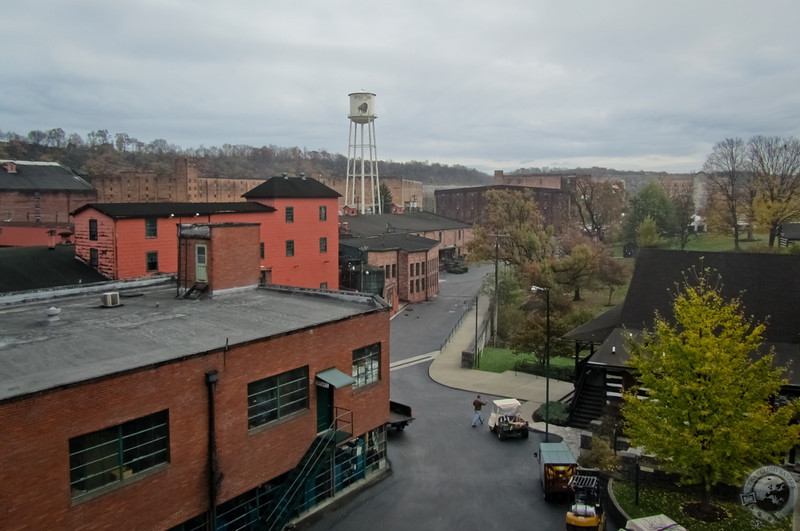
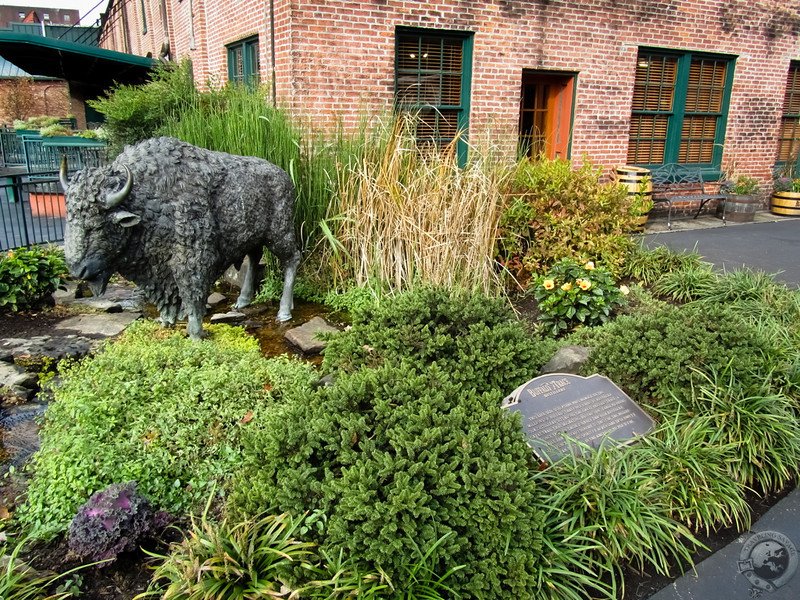
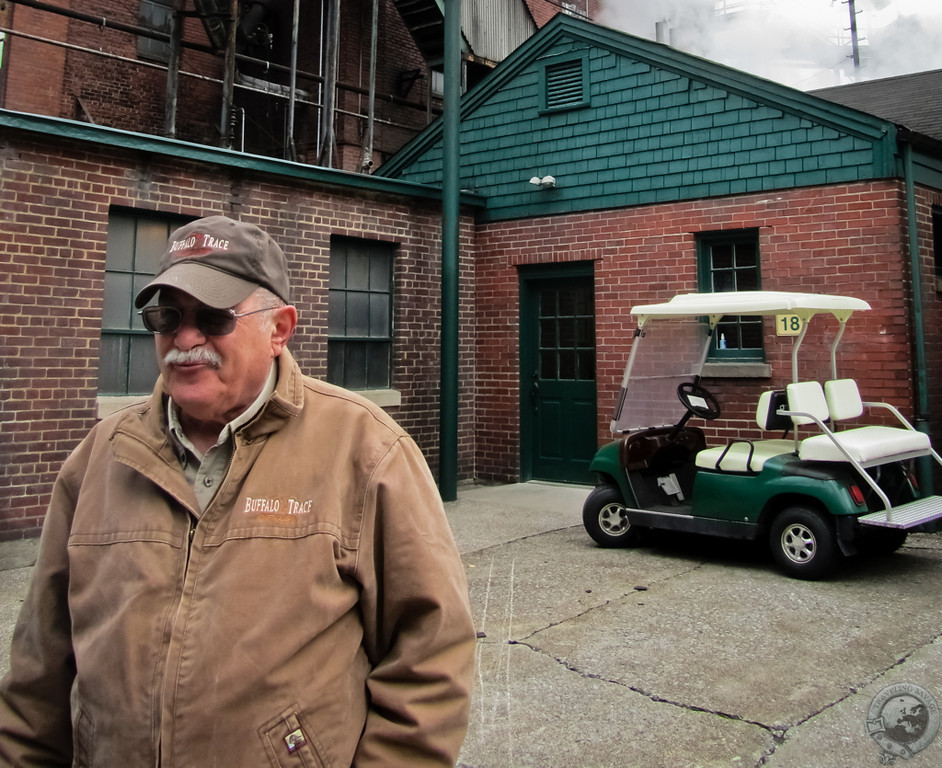
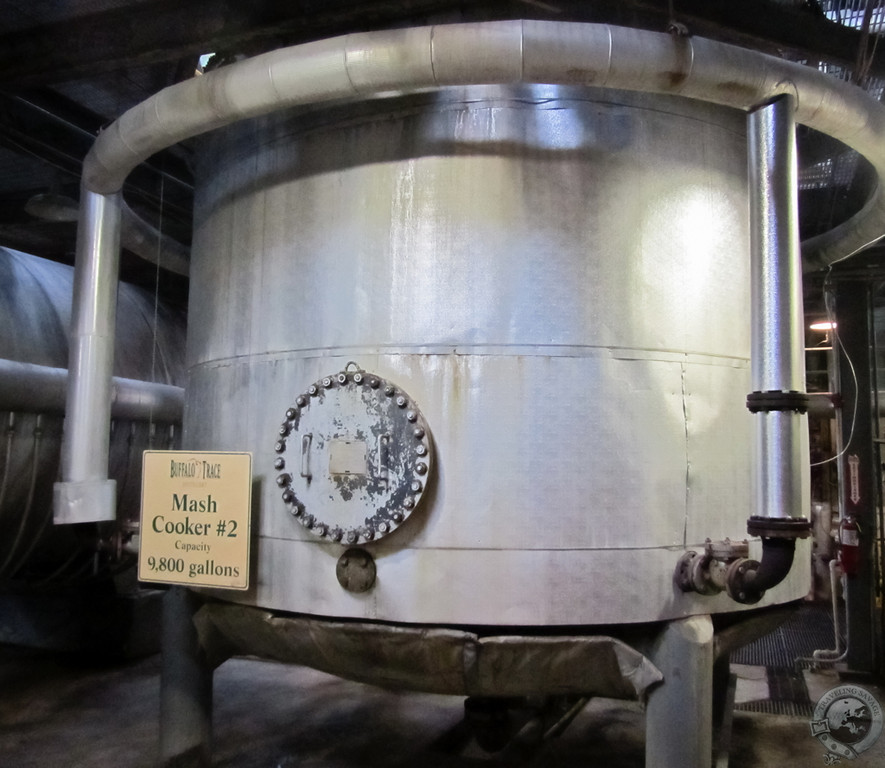
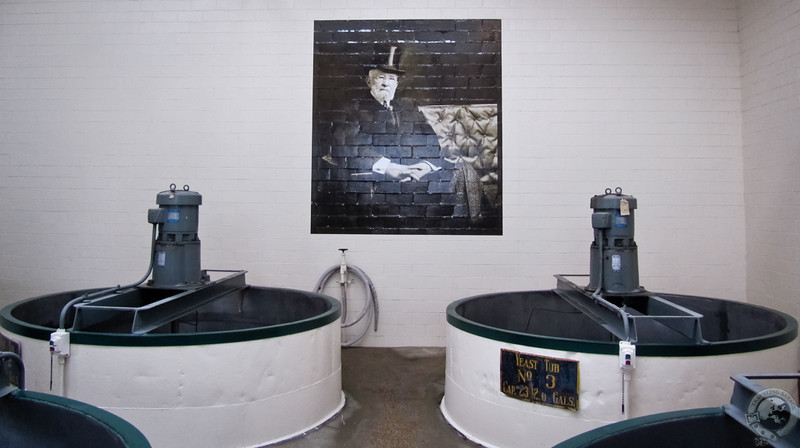
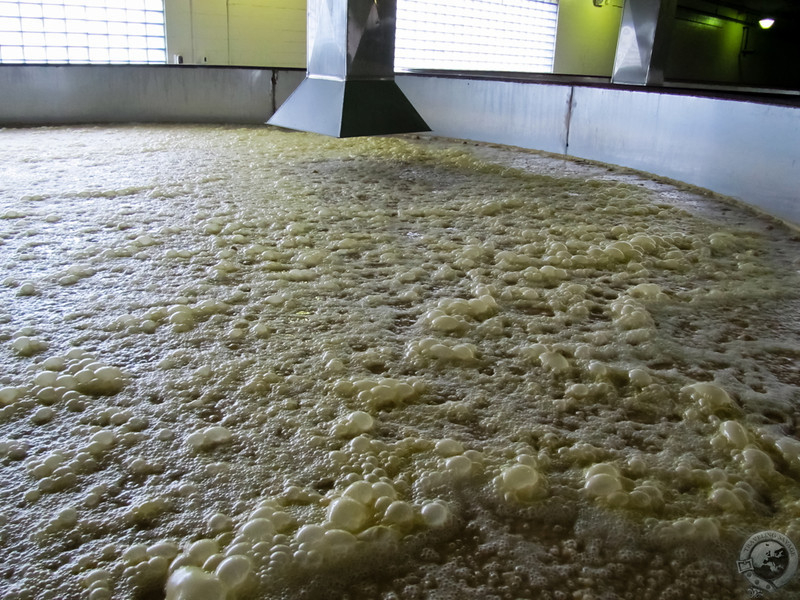
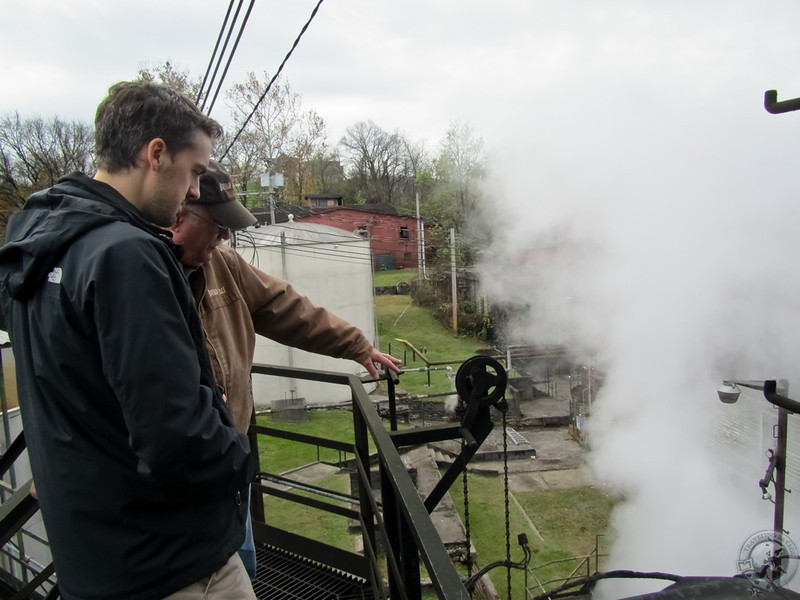
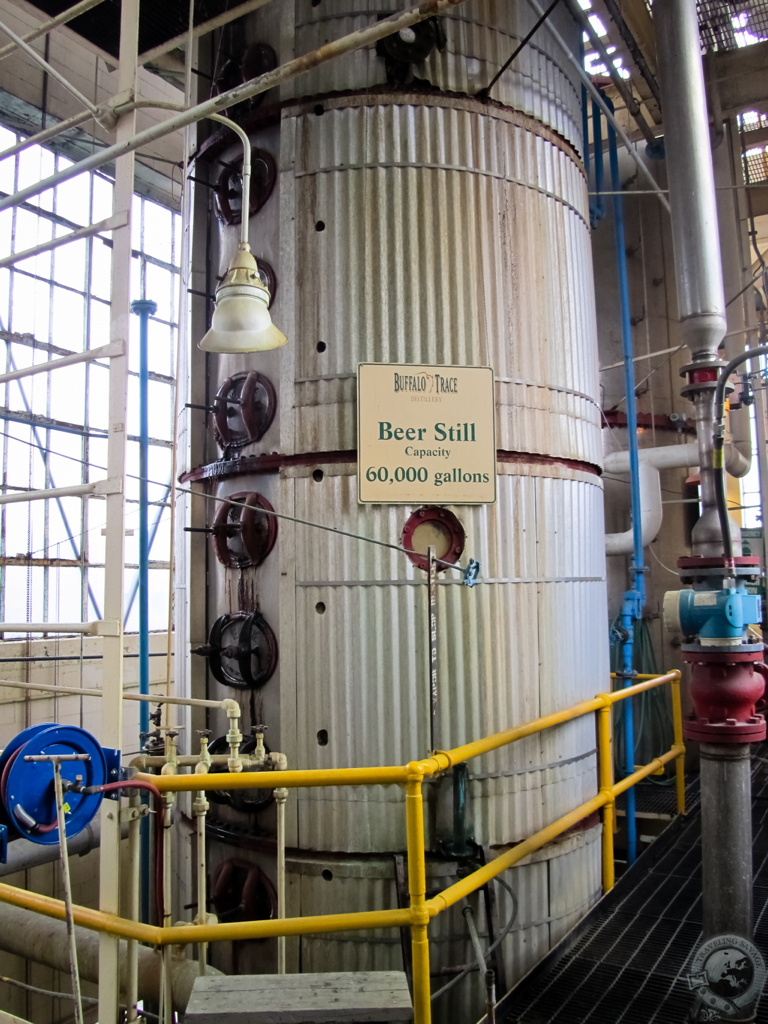
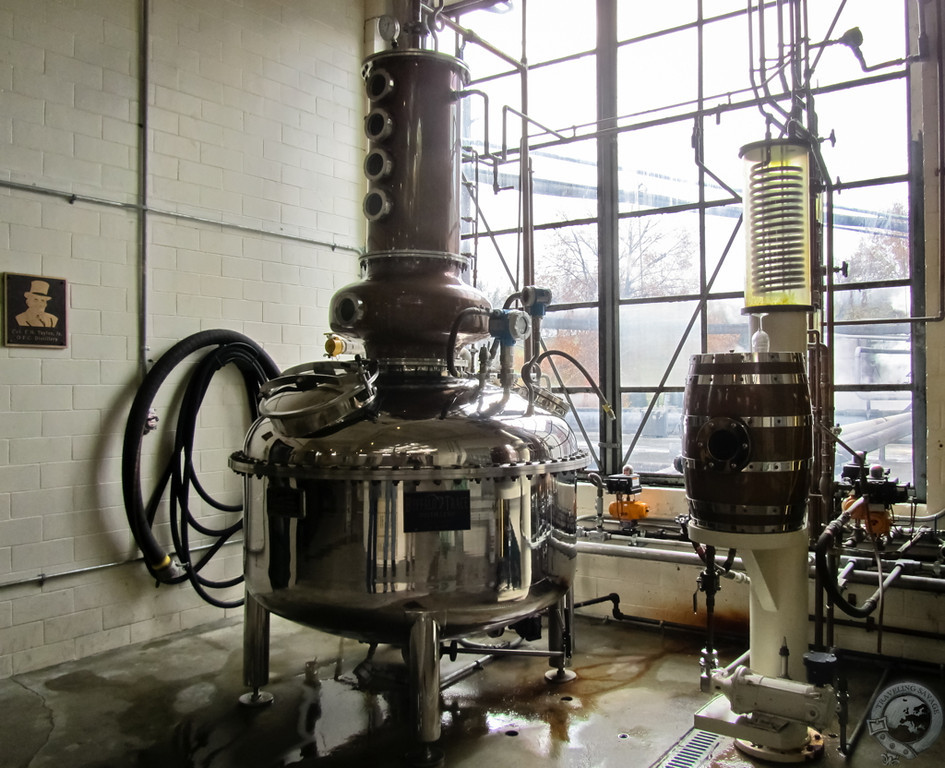
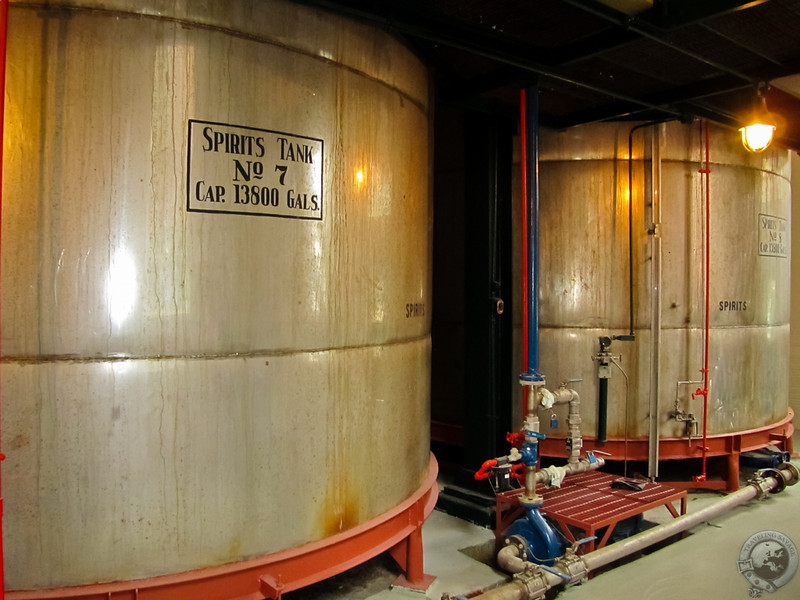
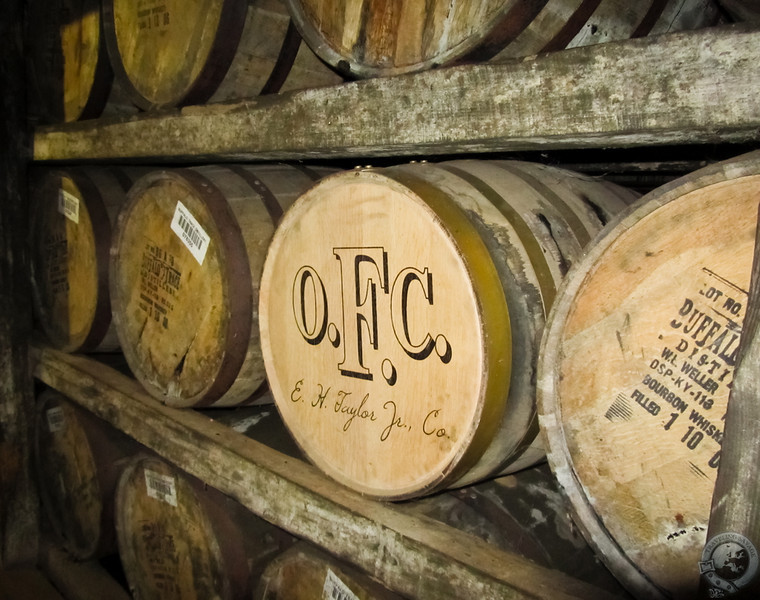
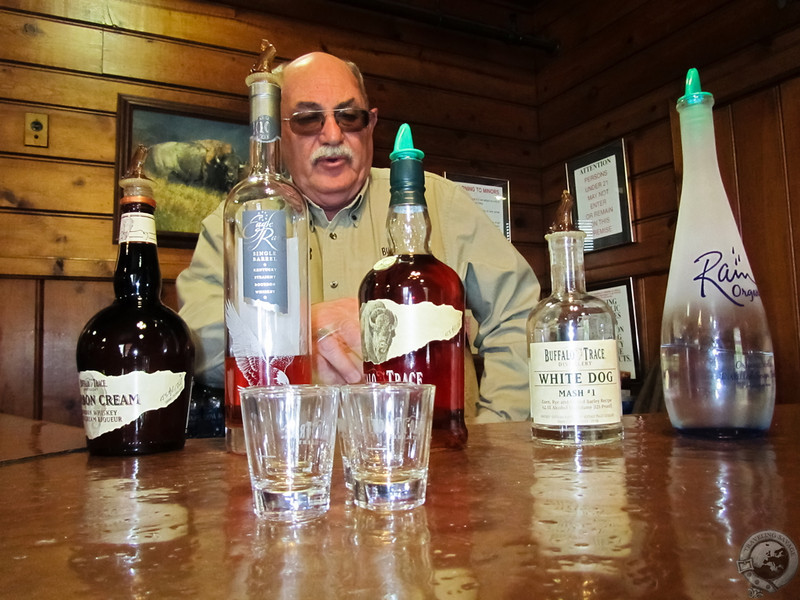
I just started read your posts and i must admit i like them alot. Keep up the good work with what you are doing. Wile you are in the USA though i might want to check out some of the micro distilleries. A good portion of the US os haveing a distillation revolution. There are whiskeys and bourbons coming out of Colorado and Ohio and everywhere else that would knock you socks off. Some are bourbons and are whiskeys everyone trying something a little bit new and different and the differences are coming up roses.
Hi James,
Thanks for reading. Luckily for me, I’m born and raised (and currently living) in the USA. I’ve been to a few micro distilleries in my neck of the woods, Wisconsin, and tasted many micro offerings, but most are just too spirity/young for me. I do really like High West out of Utah, but then they purchase most of their Bourbon and rye from Kentucky distilleries, last I heard.
You might want to try stranahans out of Colorado it’s a malt whiskey that’s aged like a bourbon. They were the first micro in Colorado and are putting out one of my personal favorites.
Thanks for the recommendation!
Your writing made me feel like I was on the tour and the photographs were exceptional, also. Thanx!
[…] I got a look at the dismantled spirit still sitting in the yard. Loads of ex-Bourbon casks from Buffalo Trace, Jack Daniels, and Jim Beam hugged various buildings’ walls for most of Old Pulteney is aged […]